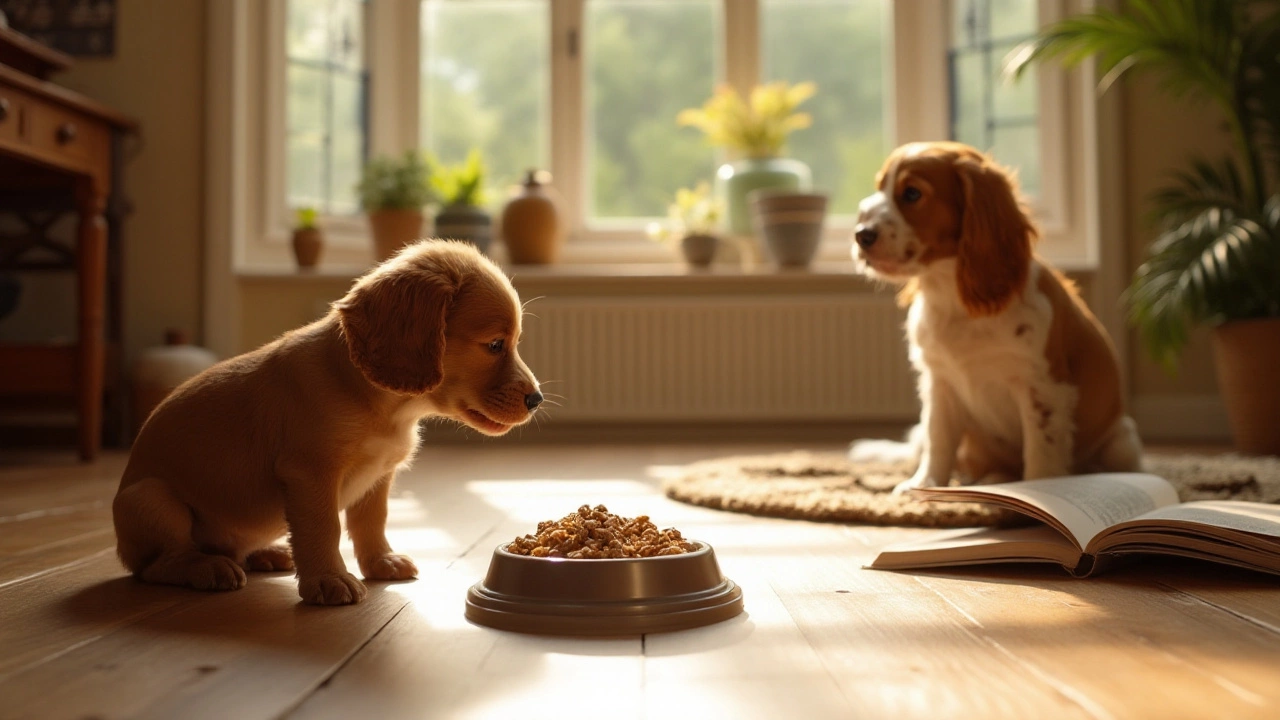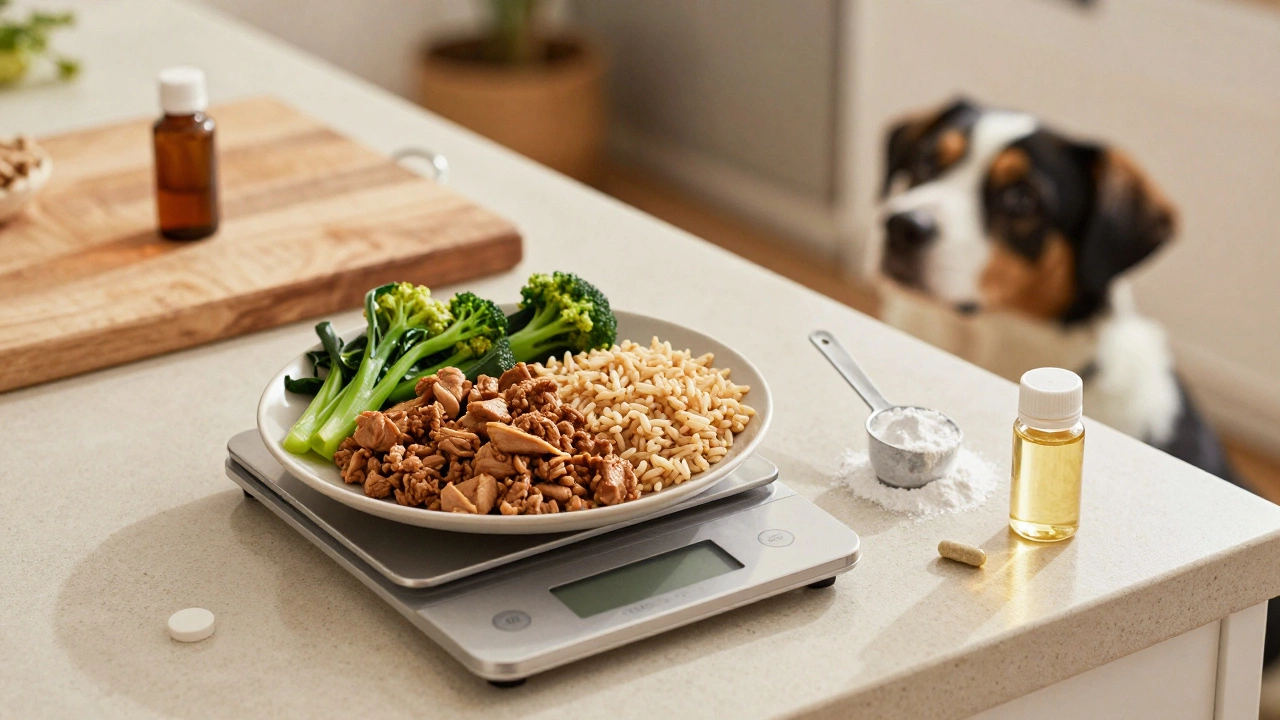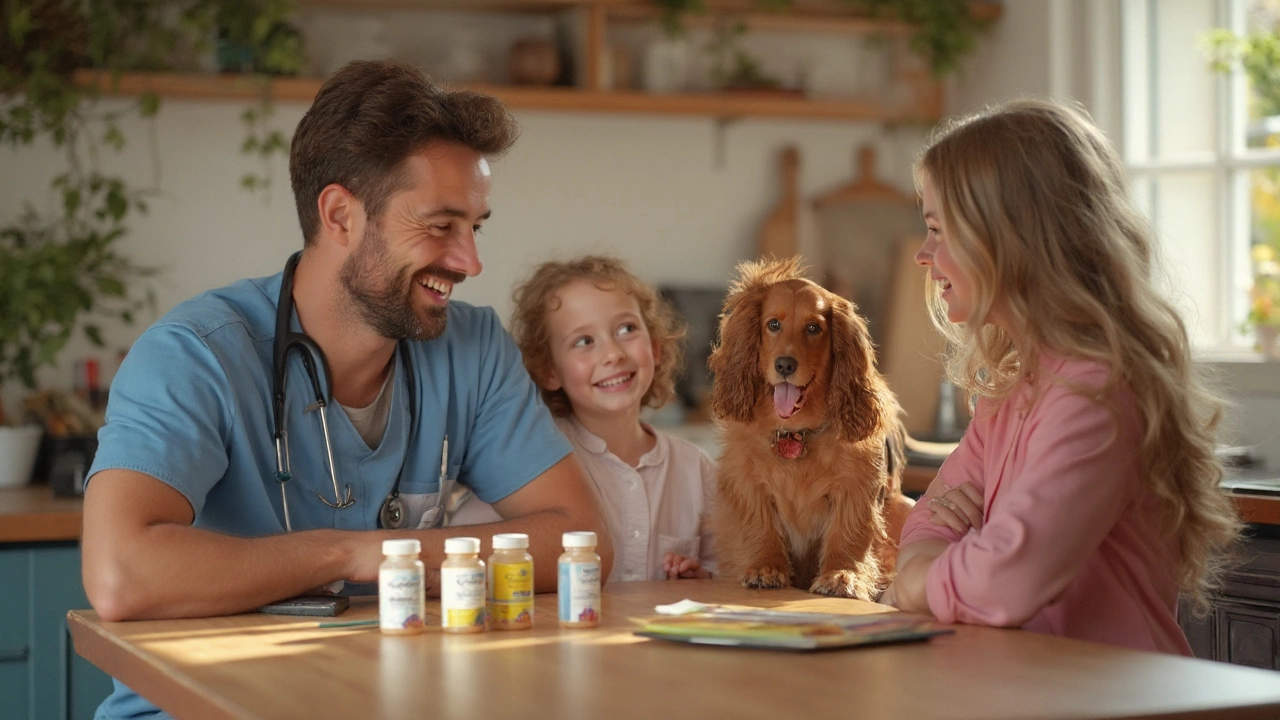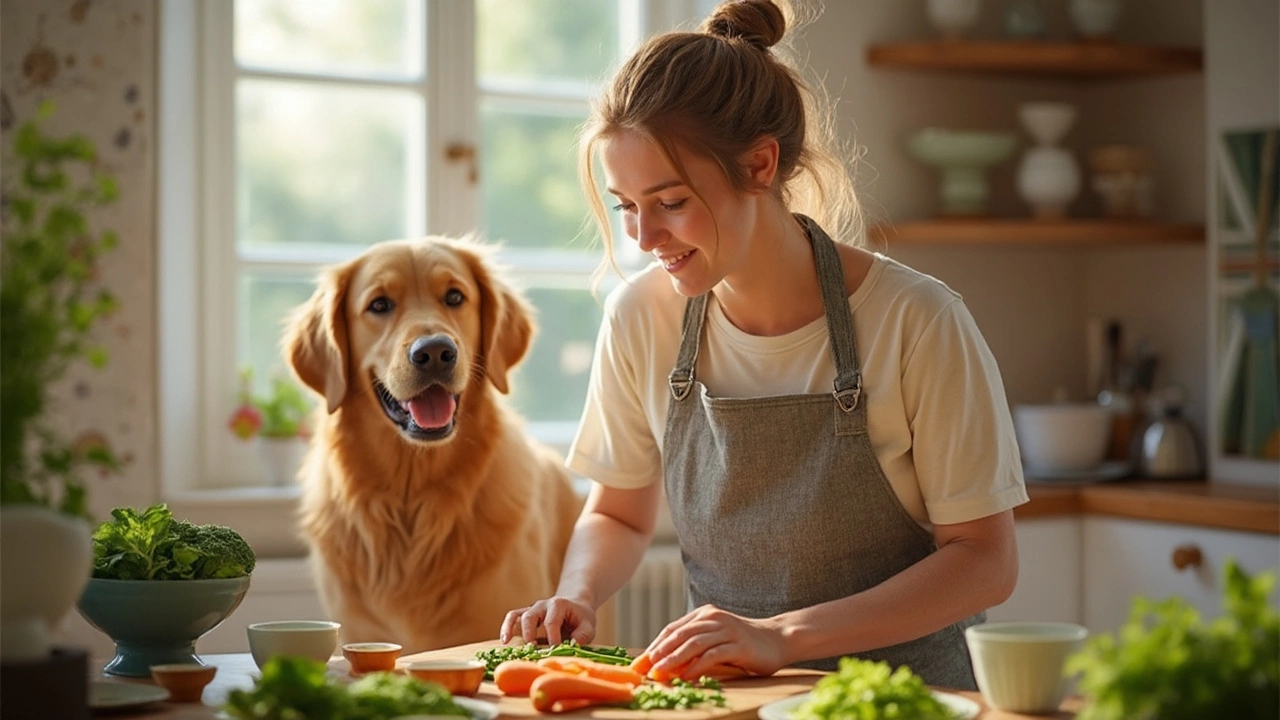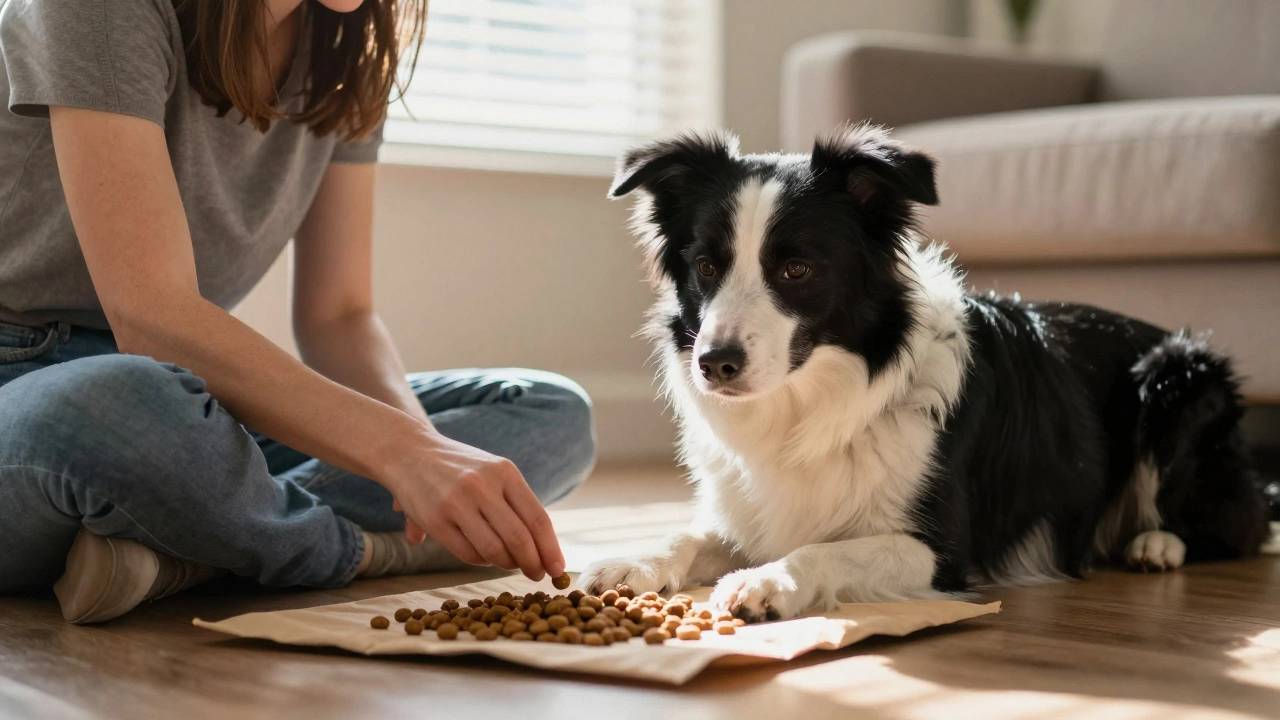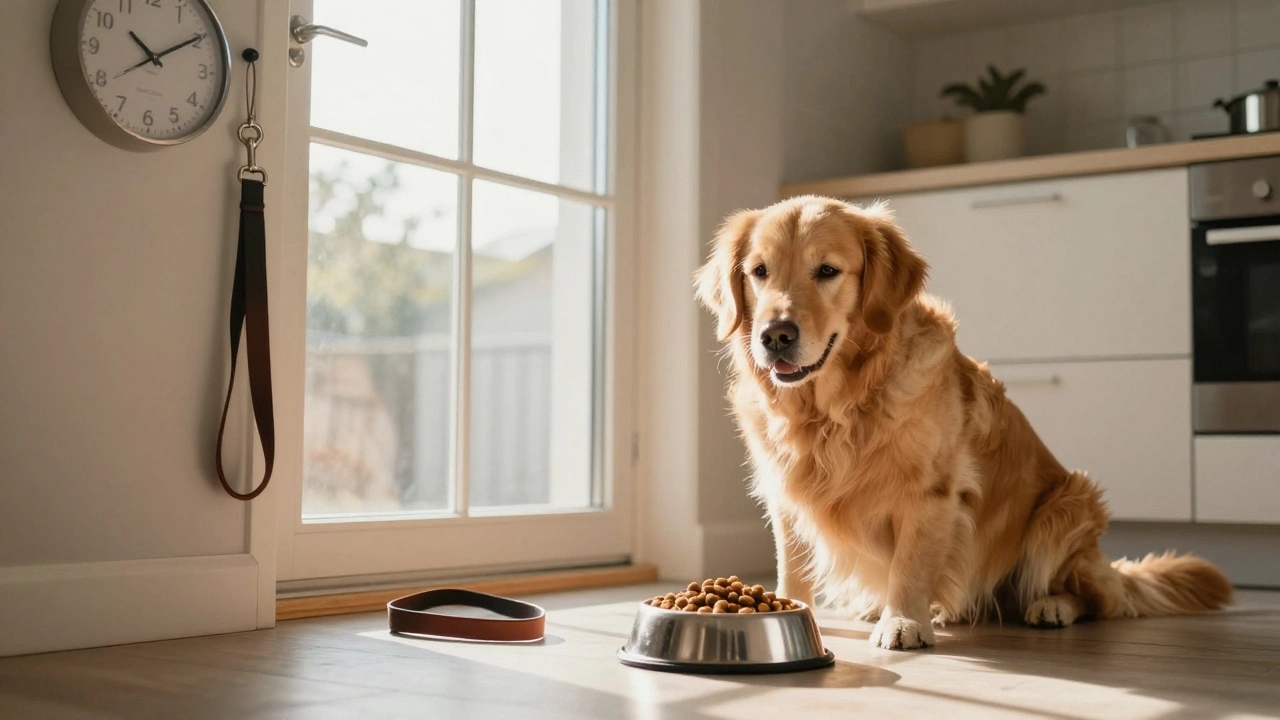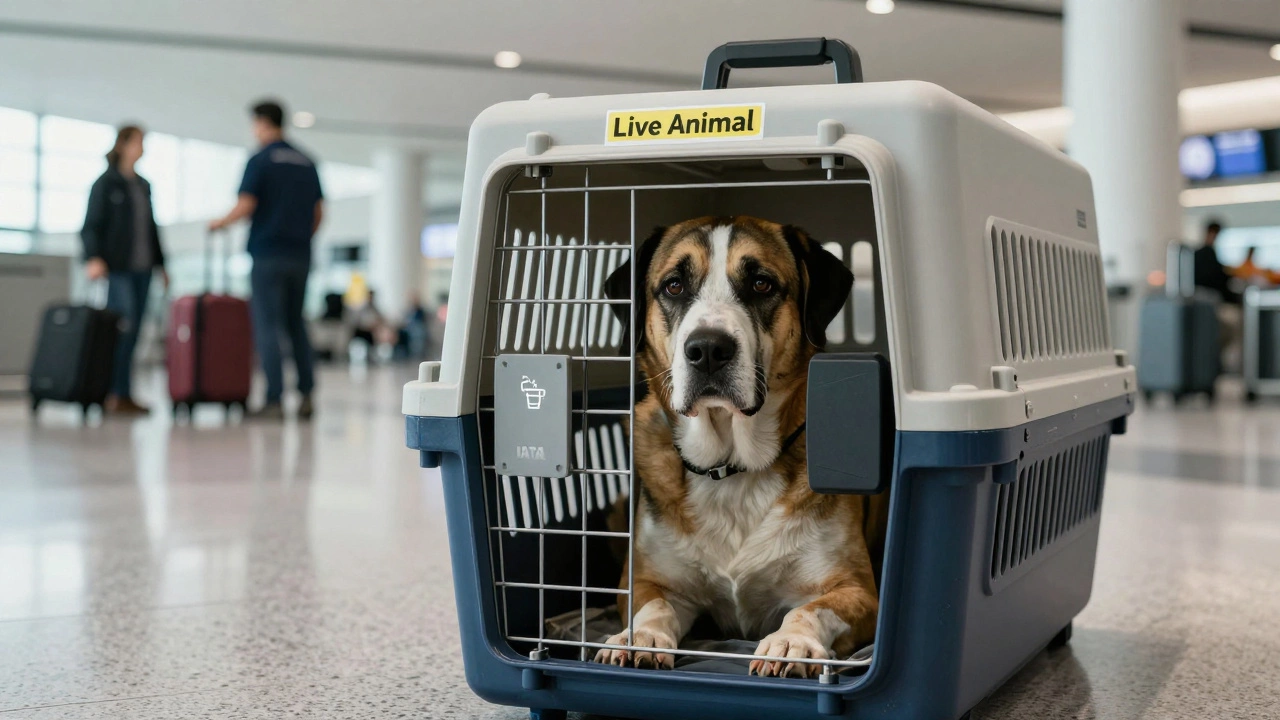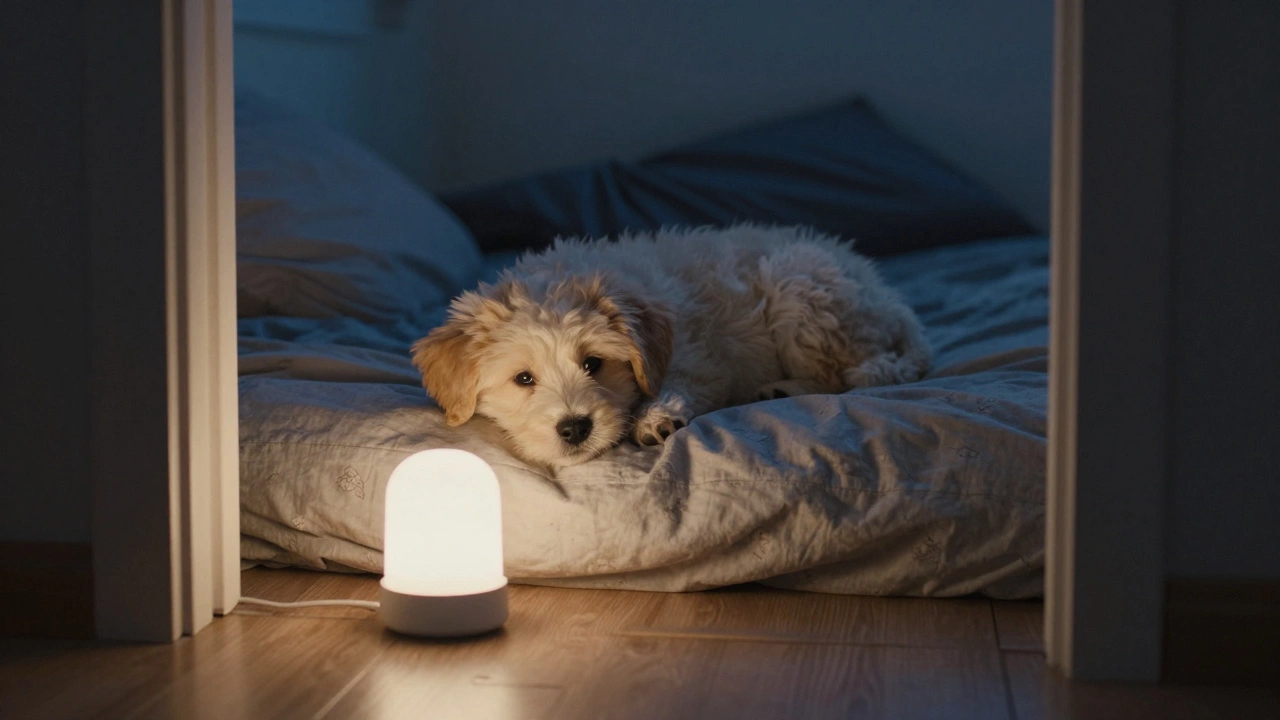Ever wondered if it's okay to leave dry dog food out for your furry companion all day? As simple as it may appear, this feeding method has a variety of implications for your dog's health and overall well-being. Dogs, like us, appreciate a certain level of freshness in their meals, but they can't complain when their kibble sits out too long.
We'll dig into the dynamics of how dry dog food stands up to time, air, and environmental factors. This article will help you understand the fine line between convenience and ensuring your pooch gets the best nutrition possible. We will touch upon practical tips and advice to aid in maintaining a balance that doesn't compromise food safety or your pet's health.
- Understanding Dry Dog Food
- Safety and Health Considerations
- Pros and Cons of Free Feeding
- Tips for Responsible Feeding
Understanding Dry Dog Food
Dry dog food, often called kibble, is a staple in many households due to its affordability, ease of use, and extended shelf life compared to alternative dog food options. The making of dry dog food involves a fascinating process known as extrusion, where ingredients are cooked at high temperatures to achieve the necessary texture and consistency. Once cooked, the mixture is cut into small, bite-sized pieces which are then dried. This process not only ensures a long shelf life but also retains a reasonable amount of nutrients crucial for a dog's dietary needs.
Dry dog food is formulated to provide a complete and balanced diet for dogs, taking into account their need for proteins, fats, carbohydrates, vitamins, and minerals. The composition of kibble varies greatly between brands and recipes, but most quality dry dog foods aim to include all the necessary nutrients required for maintaining a dog's health. Proteins typically come from meat, poultry, and fish, while carbohydrates can be sourced from grains or vegetables. This variety is what allows dry food to cater to various aspects of dog nutrition.
The method of leaving dry dog food available throughout the day, known as free feeding, relies heavily on the food's ability to withstand environmental exposure. Unlike canned or fresh food, dry kibble doesn't spoil as quickly due to its low moisture content. However, leaving kibble out does expose it to air, light, and potential contamination from dust or insects, factors which can degrade its quality over time. Interestingly, research published in the Journal of Animal Science reveals that dry dog food can lose up to 50% of its vitamin content when left open for a day.
While the convenience of pouring a bowl of kibble and not having to worry about spoilage might seem appealing, dog owners should consider the nutritional response of their pets to this feeding style. Dogs are individuals, and their reactions to free feeding vary. Some dogs may self-regulate and eat only when they're hungry, while others might overeat, leading to obesity. According to Dr. Julie Churchill, a respected nutrition specialist, "Free feeding can be effective if you have a healthy pet that maintains a stable body condition score. However, vigilance is crucial in monitoring their body condition as a precaution."
Beyond just the ingredients, the physical form of kibble has benefits for dental health. The crunch of dry dog food helps to scrape and clean teeth, reducing plaque buildup which is vital in preventing periodontal diseases. For owners looking to promote dental health while feeding their dogs, kibble provides a two-fold benefit as a nutritional source and a dental aid. However, it's worth noting that while it helps, it doesn't replace the need for regular dental check-ups and cleanings.
For those with multiple pets or dogs with special dietary needs, dry food’s versatility makes it easier to cater to different nutritional requirements. Many brands offer variations for age, size, and even specific health concerns such as skin sensitivity or joint support. This variety makes it simple to manage the dietary needs of diverse pet profiles in one household. Like any aspect of health management, selecting the right kind of dry dog food involves understanding your pet’s unique needs amidst the general benefits of this feeding option.
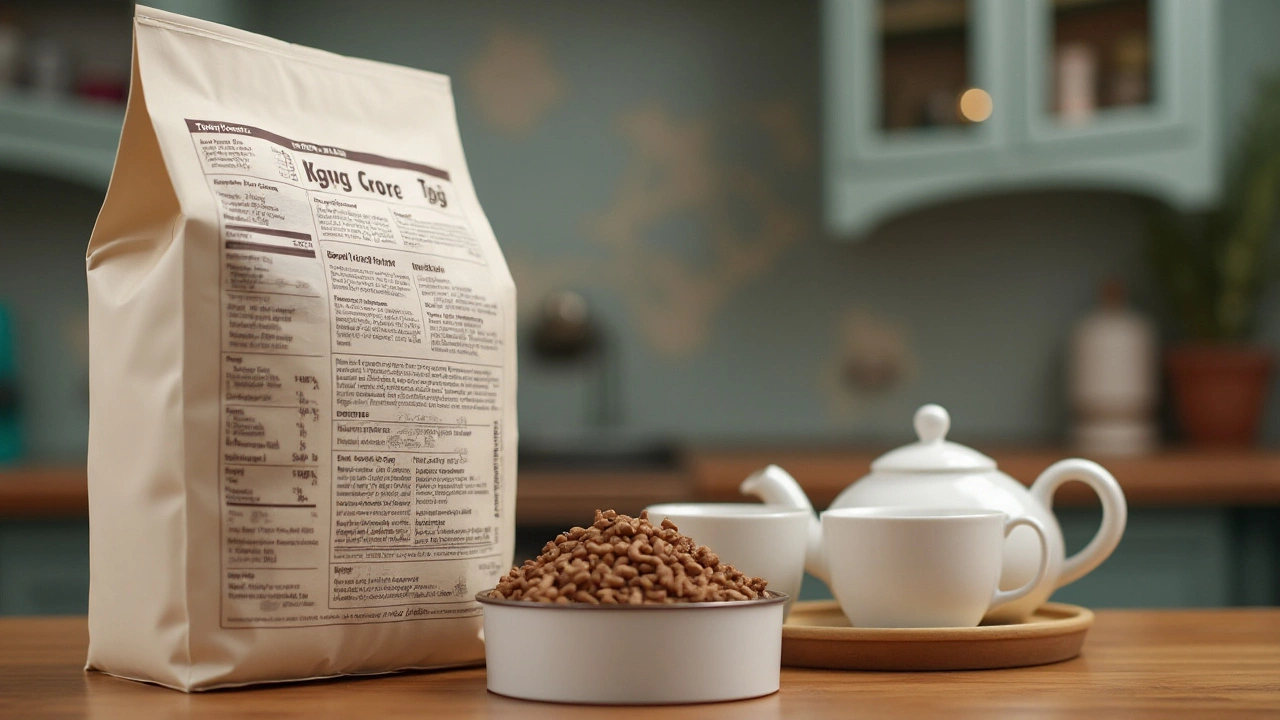
Safety and Health Considerations
Leaving dry dog food out all day might seem convenient, but it raises questions about the potential impact on your pet’s health. When kibble is left exposed to air for prolonged periods, it starts losing its crunch and can become stale, which may not be much of a gastronomic delight for your dog. Staleness, however, is not the only issue. The exposure to air and moisture increases the risk of mold and bacterial contamination, especially if the food gets wet. Mold spores, if ingested, can cause severe health issues ranging from stomach upset to more serious conditions requiring a vet's intervention.
One key aspect to consider is the temperature of the room. If your house maintains a relatively warm climate, which is typical of many homes during summer, the risk of food degradation intensifies. Dry food left out at temperatures above 30°C (86°F) will have a shorter shelf life, and vital nutrients can start breaking down. Essential vitamins like vitamin A and essential fatty acids begin to oxidize, decreasing the nutritional value of the food. This can eventually affect your dog's long-term health, making it important to understand the environmental effects on food quality.
According to the Association of American Feed Control Officials, which sets nutritional standards for pet foods, ensuring your dog maintains a balanced diet is crucial. An unbalanced intake over time might lead to nutritional deficiencies, impacting your dog's coat, energy levels, and general health. Dogs are often not particular about checking the freshness date themselves, so it relies on their owners to keep the food environment clean and safe. It's also worth noting that while some dogs might nibble at their food throughout the day, others might rush through their meal, leaving leftovers exposed for hours. In these cases, it's essential to ensure that the leftover food hasn't become unsafe for consumption.
When choosing a feeding method, consider whether your dog's dietary habits lean towards grazing or scheduled meals. Free feeding might work well for some dogs without weight problems, but it can exacerbate obesity in others who have less self-regulation. Always ensure that there is fresh water available to your dog to aid digestion, particularly when dry dog food is part of their diet.
"Pet owners should evaluate their dog's eating patterns, environmental factors, and the specific food's shelf life to determine the best feeding strategy," says Dr. Sarah Whitmore, a veterinary nutritionist. "Regular monitoring and making adjustments when necessary can make all the difference in maintaining a pet's overall health."
On the bright side, most dry diets are formulated to meet all the essential nutrient requirements when fresh. They offer a convenient and cost-effective feeding option, provided they are stored and served correctly. Ensuring your pet has a safe dining experience involves measuring out appropriate daily portions and storing the bag in its original packaging or airtight containers to preserve freshness, thus keeping risks at bay. If in doubt, consult your vet for tailored advice that considers your dog’s individual health needs and lifestyle.
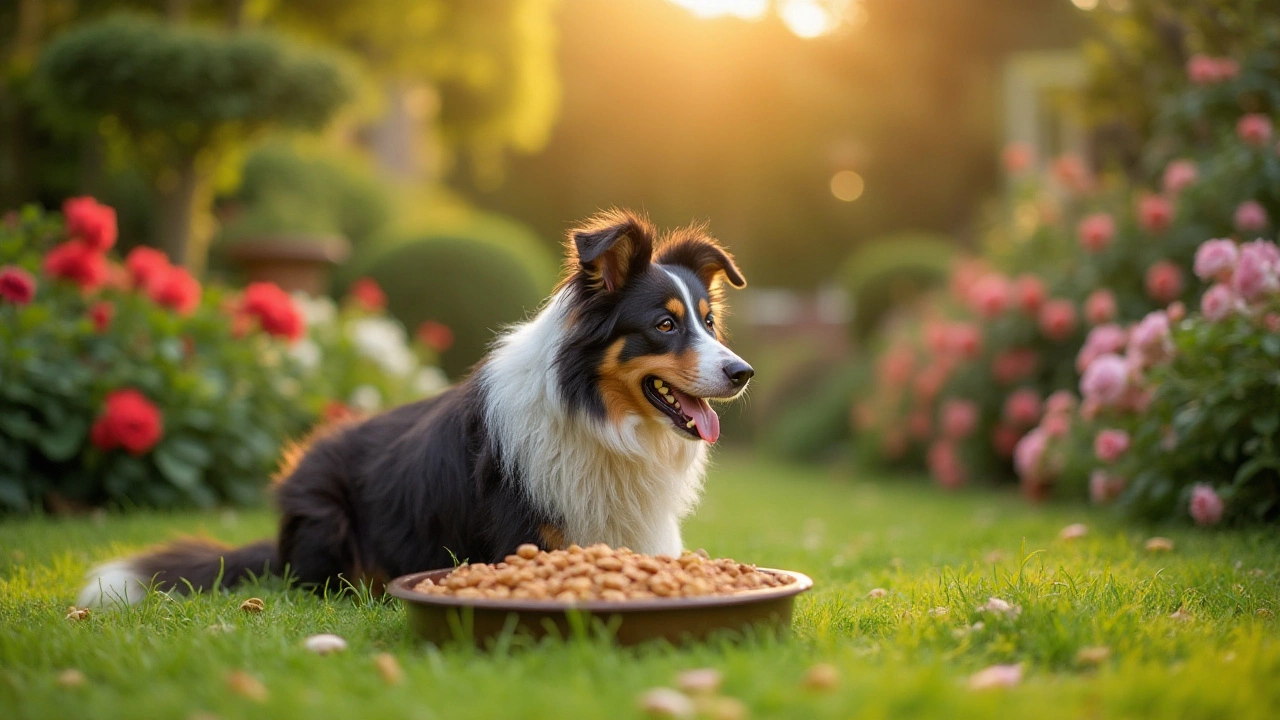
Pros and Cons of Free Feeding
Free feeding, or allowing your pet to nibble on food throughout the day, has become a popular option among dog owners. One can't deny the convenience that comes with not having to stick to a strict feeding schedule, especially in today’s fast-paced world. When it comes to dry kibble, its spoilage resistance is undeniably a benefit. This means kibble can sit out longer compared to wet food, making it an attractive option for those considering free feeding. With a bowl of dry dog food available all day, your furry friend can eat at their own pace, which might suit pets who regulate their intake well.
However, there are substantial drawbacks to consider. One significant concern is weight gain. Unlike their wild ancestors who were accustomed to scarce food availability, our domesticated dogs can easily overindulge when the food is always accessible. This often leads to obesity, which in turn affects a dog's health adversely, resulting in joint problems and a higher risk of diabetes. Moreover, free feeding challenges pet owners' ability to monitor their dog’s actual food intake, potentially masking early signs of health issues.
Free feeding also can affect a dog’s behavior negatively. Pets that graze throughout the day may develop poor eating habits. Such dogs might become less motivated during meal times, making it difficult for owners to instill a regular feeding routine. Moreover, leaving food out constantly may attract pests, including ants and mice, turning a convenience into a nuisance. In terms of training, free-fed dogs might not respond as well to food-motivated commands, given that they aren't experiencing the anticipated hunger before structured feedings.
"In my experience, owners need to balance what's practical for them with what's nutritionally best for their dogs," suggests Dr. Sarah Dickinson, a renowned veterinarian specializing in canine nutrition.
Taking a closer look at the dog's nature, many experts agree that dogs thrive on routine. Scheduled meals help establish a routine, provide psychological comfort, and reinforce a bond between the pet and the owner. Dogs learn to expect food at specific times, benefiting from the predictability and structure that such a routine provides.
The decision whether to free feed or go with scheduled feeding is deeply personal and varies on individual pet needs. Each dog is unique, and factors such as age, health, and temperament should play crucial roles in deciding the best feeding strategy. Some dogs, particularly those with active lifestyles and higher metabolism, may thrive on free feeding, while others may struggle with portion control. Owners should observe their pet closely and be ready to adjust their approach as necessary to maintain their dog’s optimal health.

Tips for Responsible Feeding
When it comes to feeding our furry friends, ensuring their nutrition is a top priority. Here are some practices you might consider incorporating when deciding whether to leave dry dog food out all day for your pet. First, understanding the needs of your individual dog is key; not every pup thrives on the same routine or quantity. It is crucial to be attuned to your dog's appetite and eating habits. Some dogs will regulate their intake naturally, making free feeding a plausible option. However, others might overeat or eat out of sheer boredom, resulting in weight gain and associated health issues. Observe your dog for a few weeks to get a good grasp of their eating patterns, as this will help in customizing a feeding plan that suits them best.
Dog health is closely tied to the freshness of their food, and one way to ensure it stays appetizing is by paying attention to storage. Make sure to use airtight containers for storing kibble; exposure to air can degrade the food quality by causing it to go stale more quickly. Another thing to watch out for is the potential development of mites or pantry pests, which are more likely if food is left out in open air. You could also place smaller portions in your dog's bowl at a time to minimize prolonged exposure. If your furry friend shows signs of disinterest in food sitting there too long, it might be time to consider multiple smaller feedings throughout the day.
Sanitation is a factor not to be overlooked in your pet feeding routine. Ensuring that your dog's feeding area is clean can contribute greatly to their health. Regularly wash the food bowl with hot water and mild detergent to prevent bacterial buildup. Dogs, like humans, are prone to health issues related to hygiene, and it falls upon us to minimize these risks. Rotating between different types of kibble can also keep things interesting for your pet and ensure a wide range of nutrients are provided. This could be once every couple of weeks, gradually blending the new food with the old to avoid upsetting their delicate digestive systems.
If you're following a free-feeding approach, monitoring dog health is crucial. Regular check-ups with a vet can help you evaluate whether your dog's current diet is meeting their nutritional needs or if adjustments may be needed. Portion fidelity can be maintained by using measuring cups to determine exact portions according to dietary guidelines. Long-term neglect in adjusting quantities might lead to obesity, causing havoc with your dog's joints and heart. Balance is the name of the game—all the play sessions in the world won't necessarily keep a dog in shape if they're munching away mindlessly.
To sum it up, there is no one-size-fits-all approach when it comes to dog nutrition. What works for one pup might not be the perfect fit for another. Each dog has a unique set of needs, and responsible feeding entails tailoring a routine that aligns with these. As the famous veterinarian Dr. Ernie Ward put it, "The truth is, the best diet for your pet is one that meets their unique feeding needs from early age to seniority." Paying attention to your dog's specific diet and making thoughtful adjustments is part of that responsibility, ensuring a happy, healthy life.

